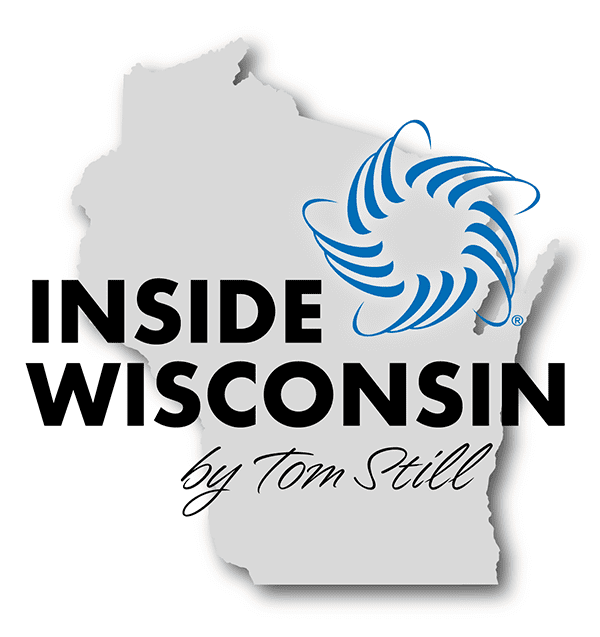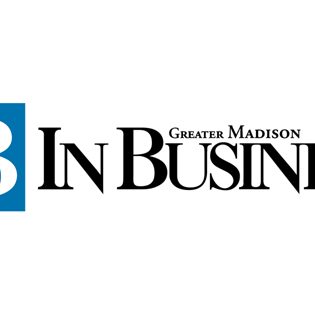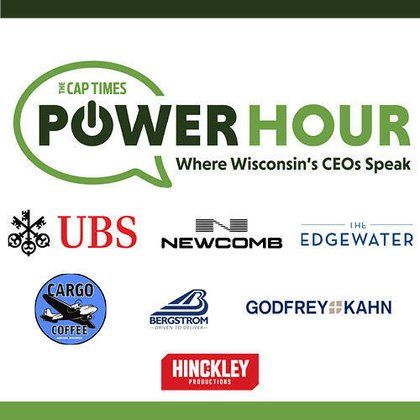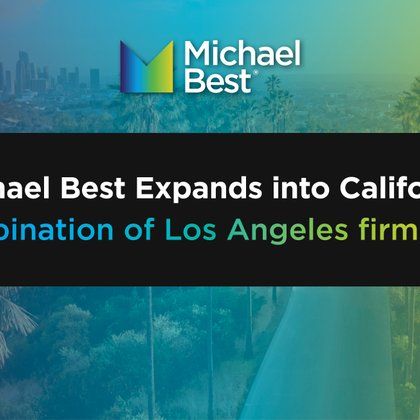By Tom Still
MADISON, Wis. — Wisconsin has all the makings to be an international hub for fusion.
 No, I don’t mean fusion cuisine, although that’s on the calendar now that Bravo TV’s headline “Top Chef” series has selected Wisconsin as a destination for its upcoming season. That’s big news, too, as it puts the state’s best culinary artists in front of a million viewers per episode in 175 countries.
No, I don’t mean fusion cuisine, although that’s on the calendar now that Bravo TV’s headline “Top Chef” series has selected Wisconsin as a destination for its upcoming season. That’s big news, too, as it puts the state’s best culinary artists in front of a million viewers per episode in 175 countries.
The kind of fusion I’m referencing is a lot more technical, much harder to commercialize but well within the bounds of expertise and infrastructure on hand in Wisconsin: Fusion energy.
The prospects for fusion energy breakthroughs in Wisconsin and how it may transform the national and global energy outlook was the topic of a July 18 luncheon in Madison, where leaders of three emerging companies talked about what’s on the horizon — and not multiple decades away.
First, some definitions: Fusion energy is the same atomic reaction that powers the sun. It’s an emissions-free form of energy generation that could transform the world if properly harnessed. Unlike fission, which is the splitting of atoms for energy in a controlled manner, fusion is a melding of lightweight atoms (deuterium and tritium) to produce sub-atomic particle neutrons, helium and energy — mostly in the form of heat.
The fuel source is infinite, the energy “density” is at least 10 million times that of fossil fuels, there are no carbon emissions and the neutrons produced by the reaction are far more useful and valuable than the energy it takes to launch a reaction.
There has been renewed excitement about fusion energy since late 2022 when the National Ignition Laboratory within the Lawrence Livermore federal lab announced it had a created a fusion reaction that produced more energy than it took to produce. Not quite the “Holy Grail” of fusion yet, but a breakthrough that encouraged physical scientists everywhere.
What followed was at least as important as the Livermore “ignition” itself. Major venture capitalists started putting money into fusion companies, because fusion was no longer the perpetual “20 years away” but on a schedule that could make a difference — and money — much sooner.
In fact, about $117 million was invested by the federal government in fusion energy in 2022, but private investors contributed $4.7 billion. That private number has increased in 2023.
That’s not exclusively because investors see fusion as limited to energy production, but because they see potential in industrial processes, hydrogen production, desalination of sea water, health care imaging and security inspections.
Wisconsin’s edge in the fusion race stems from the fact that three of the nation’s 25 fusion companies are in south-central Wisconsin. There are only 44 such companies in the world. Why Wisconsin?
The UW-Madison has produced at least 485 doctoral degree graduates with research related to plasma physics (a fundamental study) and fusion energy since 1965. The nuclear engineering department within the College of Engineering is one of the nation’s best.
Here is another reason that may surprise people accustomed to believing Wisconsin state regulators are conditioned to say “no” to every innovation they don’t necessarily understand: The state has a head start on regulating fusion technology, thanks in large part to SHINE Technologies in Janesville and Madison.
Representatives of SHINE, Realta Fusion and Type One Energy Group were unanimous in the July 18 discussion in their belief that Wisconsin has a head start most states don’t enjoy when it comes to fusion. Each company has raised significant private dollars. They also discussed the possibility of a fusion production “triangle” that could extend into Illinois and elsewhere in Wisconsin.
The potential for clean energy, and even the destruction of elements such as carbon dioxide and nuclear fission waste, makes fusion energy a potential growth area for Wisconsin over time. The fusion cuisine scene is a bit closer, so we can all tune into Bravo to learn more about that in the meantime.
Still is president of the Wisconsin Technology Council. He can be reached at tstill@wisconsintechnologycouncil.com.





